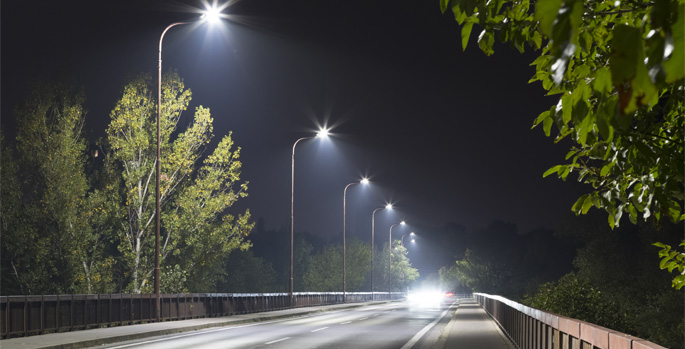New guidance on how to incorporate suicide prevention into road and bridge design has been published by National Highways and the UK Roads Leadership Group (UKRLG).
The UKRLG Roads and Bridges Suicide Prevention Guidance is the first of its kind for the road industry.
It was developed with input from both the road sector and the crisis support charity Samaritans and is intended to encourage decision-makers and engineers to incorporate deterrents to suicide into designs.
‘As a responsible highway authority,’ it states, ‘managing risks of harm is an important part of [the sector’s] duties.'
It goes on to suggest that given the scale and breadth of the road network, 'a risk-based approach to suicide prevention should be adopted'.
'Having a risk assessment process is necessary as procedures can be identified in the event of any civil claim against a highway authority. The same applies in coroners’ inquests, where the highway authority can demonstrate how the risk was taken seriously in terms of assessment and risk management to prevent future suicides.'
Risk factors
'There are various local environment and design based factors that can influence suicide risk at a highway location and increase the likelihood of it becoming a frequently used location,' the document states.
The following risk factors play a significant role:
- proximity to high-risk populations
- population context
- accessibility of the highway scheme
- lethality of the highway scheme
- iconic value of the asset
Road and bridge-related suicides are split into six categories:
- Jumping or falling off or onto road infrastructure with the intention of self-harm
- Stepping into the path of a moving vehicle with the intention of self-harm
- Driving a vehicle off-road infrastructure with the intention of self-harm
- Driving a vehicle into road infrastructure with the intention of self-harm
- Driving a vehicle into another vehicle with the intention of self-harm
- Carrying out acts within a stationary or moving vehicle with the intention of self-harm
The document highlights both 'hard and soft' measures to help reduce the risk of suicide.
Hard measures include closing sites or installing barriers, while soft measures include improving lighting, installing emergency phones, CCTV and monitoring tools, as well as co-ordinating with local authorities, police and mental health services. These soft measures increase the ability for others to intervene, encourage seeking help and interrupt suicidal thoughts.
Effective design measures
The inclusion of physical suicide prevention measures - in line with the Design Manual for Roads and Bridges - during the early stages of scheme development or at the assessment phase is the most effective approach, the document states.
Evidence suggests that restricting access to means and/or means for suicide is 'the most effective measurable theme'. Thirteen studies across six countries found that measures to restrict access to means of suicide by jumping off bridges saw a reduction in suicides by 91% at the study locations.
Different barriers can be used, including increasing the height of an existing roadside vehicle, vehicle/pedestrian and/or pedestrian restraint system or anti-climb mesh fencing.
Inwardly curved tops for barriers can make it more difficult to climb from the inside, as well as sloped tops on parapets.
The design recommendations are for barriers to be at least 2.5 metres high, have no toe or foot holds and should be easier to scale from the outside, in case an individual wishes to climb back to safety.
Achieving a 2.5 metre height may be challenging, especially when retrofitting, however 'efforts should be made to raise the barrier height to as high as reasonably practicable'.
The document states that 'as a minimum, vehicle restraint systems should be increased to 1.8 metres high with additional anti-climb features on road bridges, and pedestrian restraint systems should be increased to 2.3 metres high with additional anti-climb features on footbridges'.
For physical barriers, the load-tolerance and wind-load of the structure will need to be considered, the guidance notes.
The guidance also notes that defensive planting can be used as physical and psychological deterrents.
A united approach
Nicola Tweedie, National Highways’ suicide prevention lead, said: ‘Around 50 suspected suicides are estimated to occur on motorways and major A-roads each year, accounting for approximately 20% of all deaths on our network.
‘The tragic impact of suicide goes far beyond numbers and statistics. Each life lost represents a person, a family and a community left devastated. By considering suicide risk early in the planning process, we can help save lives on our roads.’
Elizabeth Pettersen, high risk locations programme manager at Samaritans, said: ‘Suicide is not inevitable, and together we can help prevent it. The road sector has an important role to play in making sure suicide prevention is considered at every stage, from design through to maintenance.'
Image credit: milan noga / Shutterstock






